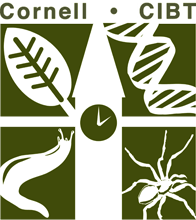Labs & Activities

Mollusk Dichotomous Key
Animals
Ecology
Elementary School
Inquiry/Scientific Method
Middle School
In this lab, students will be introduced to the concept of a dichotomous key through the use of preliminary activities modeled by the teacher. They will then learn about the ecology and biology of selected marine mollusks, before putting their dichotomous key reading skills to the test on 8 or… read more of the article entitled “Mollusk Dichotomous Key”

Oh Deer- Project WILD
2012 CIBT Alumni Workshop
Animals
Ecology
High School
Middle School
Students simulate a deer population and its “limiting factors” of water, food, and shelter, which are represented by strips of colored paper. “Deer” who are unable to find a match for their limiting factor do not survive the round, and instead becoming limiting factors. The data is collected and graphed,… read more of the article entitled “Oh Deer- Project WILD”
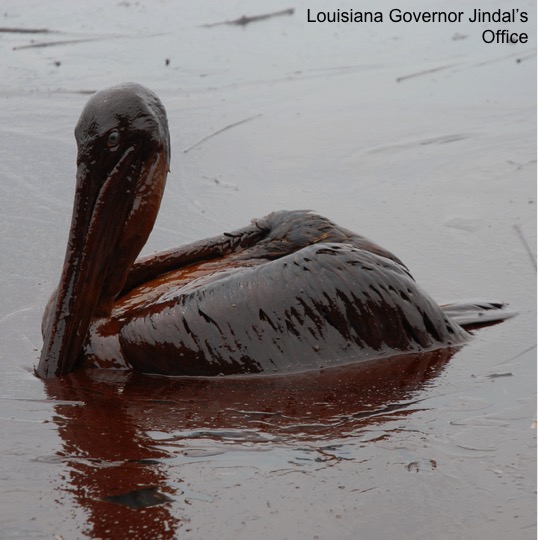
Oil Spills Lab- Kristen Pizarro
2012 CIBT Alumni Workshop
Ecology
Inquiry/Scientific Method
Middle School
Plants
This activity, used as a 7th grade science laboratory final exam, comes in three sections. Students will first model an oil spill and test materials for cleaning it up. This experiment will help them understand why it is such a difficult task. Next they will examine data about the effects… read more of the article entitled “Oil Spills Lab- Kristen Pizarro”

Plant Game
Ecology
High School
Middle School
Physiology
Plants
This exercise helps students think about how plants grow in a fun and enticing manner. Teams of students “grow a plant” composed of “leaves,” “roots,” and “flowers.” The goal of the game is to produce a maximum number of flowers, which is possible only if the students have a good strategy to… read more of the article entitled “Plant Game”
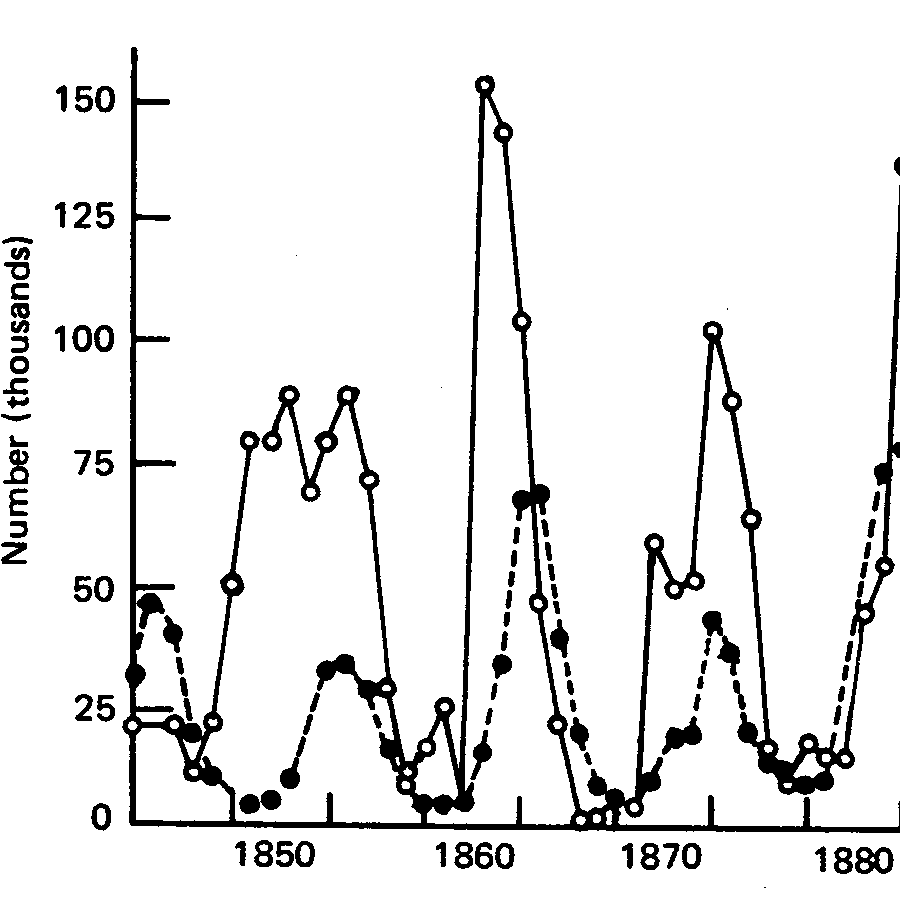
Predator-Prey Population Oscillation- Bridget Henshaw
2012 CIBT Alumni Workshop
Animals
Ecology
High School
Middle School
This activity introduces students to the oscillating relationship between predator and prey population sizes. Students manipulate small “creatures” (anything from gummy worms to animal crackers to plastic animals) with differing numbers of predators/prey and calculate population changes between rounds of predation. Data is graphed in Excel at the end. Downloads… read more of the article entitled “Predator-Prey Population Oscillation- Bridget Henshaw”
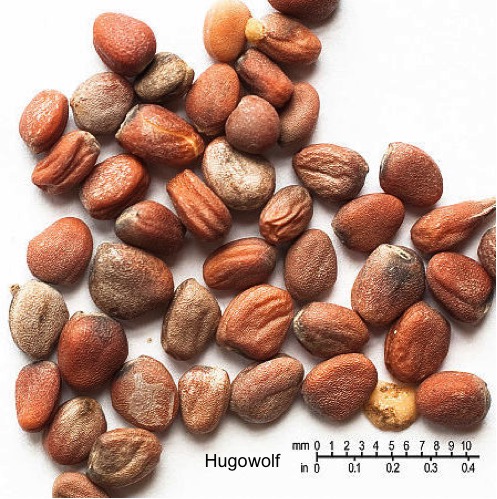
Radish Seed Lab- Chris Courtsunis
2012 CIBT Alumni Workshop
High School
Inquiry/Scientific Method
Middle School
Plants
This laboratory activity will test the effects of various household chemicals on the germination and growth of radish seeds in the lab. Downloads Radish Seed Lab (Chris Courtsunis) Radish Seed Lab Rubrics (Chris Courtsunis)
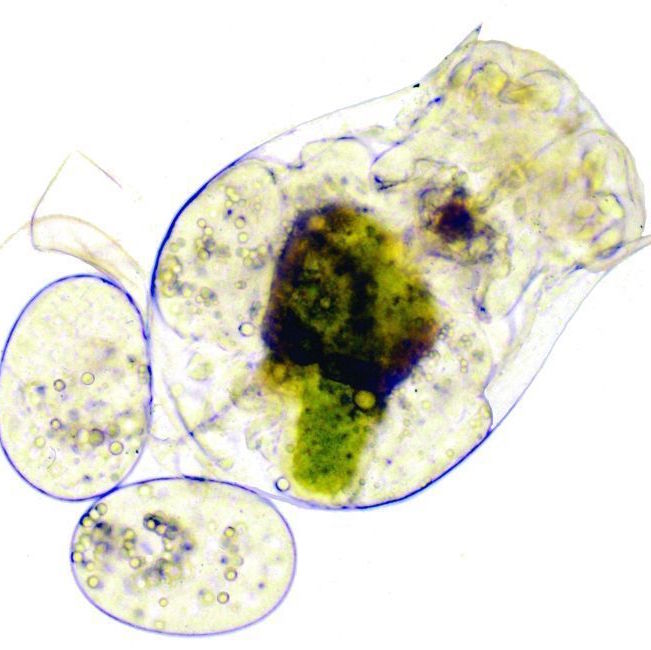
Rotifers Lab- Beth Chagrasulis
2012 CIBT Alumni Workshop
Animals
Elementary School
High School
Inquiry/Scientific Method
Microbiology
Middle School
These instructions detail how to collect bdelloid rotifers from moss, extract them, and view them under a microscope along with protozoa, nematodes, and tardigrades that also live in moss. Download Rotifer Article (Beth Chagrasulis) Rotifer & Tardigrade Collecting (Beth Chagrasulis)
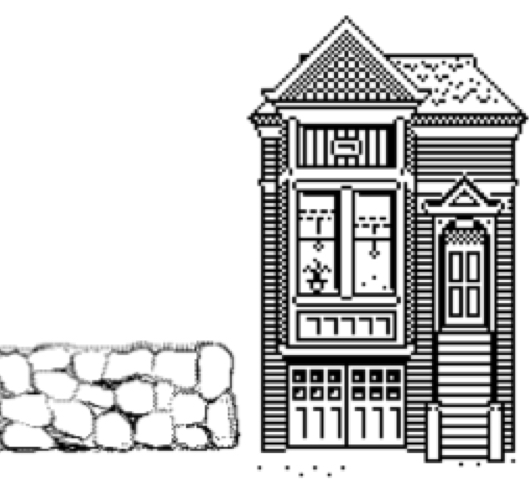
Shake and Break: An Earthquake Simulation
Middle School
Physical Sciences
An earthquake simulator, or seismic table is constructed and then used to test the structural soundness of several types of student built houses. Several different construction materials are used to demonstrate what type best survives an earthquake. Two different geological foundations, bedrock and water-saturated sand, are tested to show the… read more of the article entitled “Shake and Break: An Earthquake Simulation”
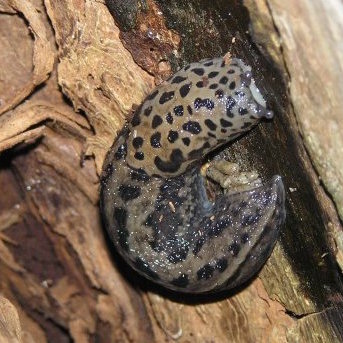
Slug Lab
Animals
High School
Inquiry/Scientific Method
Middle School
Students will investigate the food preferences of garden slugs (Arion subfuscus) using simple equipment including margarine tubs, graph paper, scissors, and common plants, both wild and cultivated. The exercise is genuine scientific research in that: a) the student devises his/her own “research question” about slug feeding behavior, and b) the… read more of the article entitled “Slug Lab”

Spice Lab
Elementary School
Human Health
Inquiry/Scientific Method
Microbiology
Middle School
Downloads Spice Lab (Student Edition) Spice Lab (Teacher Edition) Supplemental Reading: Why Cilantro Tastes Like Soap, for Some Supplemental Reading: Why 10% of the Population Hates Cilantro Supplemental Reading: Antimicrobial Functions of Spices
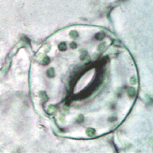
Stomata Safari- Carolyn Wilczynski
2012 CIBT Alumni Workshop
High School
Inquiry/Scientific Method
Microbiology
Middle School
Plants
On a “stomata safari,” students will view and compare the number and location of stomata from leaves of several species of plants. Once they have learned how to sample stomata, they will be able to investigate how plants distribute their stomata depending on the environment. Downloads Stomata Safari Lab (Carolyn… read more of the article entitled “Stomata Safari- Carolyn Wilczynski”
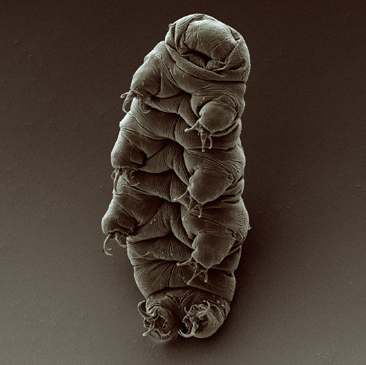
Tardigrade Lab
Ecology
Evolution
Microbiology
Middle School
Downloads Students will explore the microscopic world found living on lichens and mosses. Using a simple collection and extraction process, students will observe extremophiles called tardigrades. This lab includes a reading activity with questions as well as an anticipation guide handout for use with a YouTube video Tardigrade Lab (Student… read more of the article entitled “Tardigrade Lab”
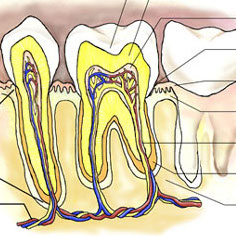
Teeth Unit
Elementary School
Human Health
Middle School
Physiology
Recently Updated!
Students will investigate the characteristics of teeth and what teeth can tell about an animal’s lifestyle: Students will sort and categorize 10 to 12 teeth. Given information about what canines, incisors and molars are, students will identify which teeth are which and why. They will predict which teeth came from… read more of the article entitled “Teeth Unit”
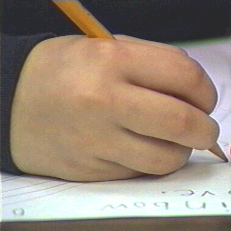
Vocabulary and Story Writing- Karen Cook
2012 CIBT Alumni Workshop
Elementary School
Inquiry/Scientific Method
Middle School
The RAFT strategy (Santa, 1988) employs writing-to-learn activities to enhance understanding of informational text. Instead of writing a traditional essay explaining a concept learner, students demonstrate their understanding in a nontraditional format. This technique encourages creative thinking and motivates students to reflect in unusual ways about concepts they have read…. read more of the article entitled “Vocabulary and Story Writing- Karen Cook”
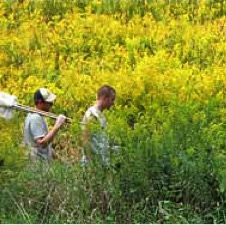
Web of Gold Activity- Robert Raguso
2012 CIBT Alumni Workshop
Ecology
Elementary School
High School
Inquiry/Scientific Method
Insects
Middle School
Plants
“Web of Gold” uses common autumn wildflowers to explore the hidden lessons of food webs. Different insects visit flowers in search of different resources, in varying levels of abundance. Students will observe visitors to a flower (or area of flowers) and record their species and abundance. Older students can explore… read more of the article entitled “Web of Gold Activity- Robert Raguso”

